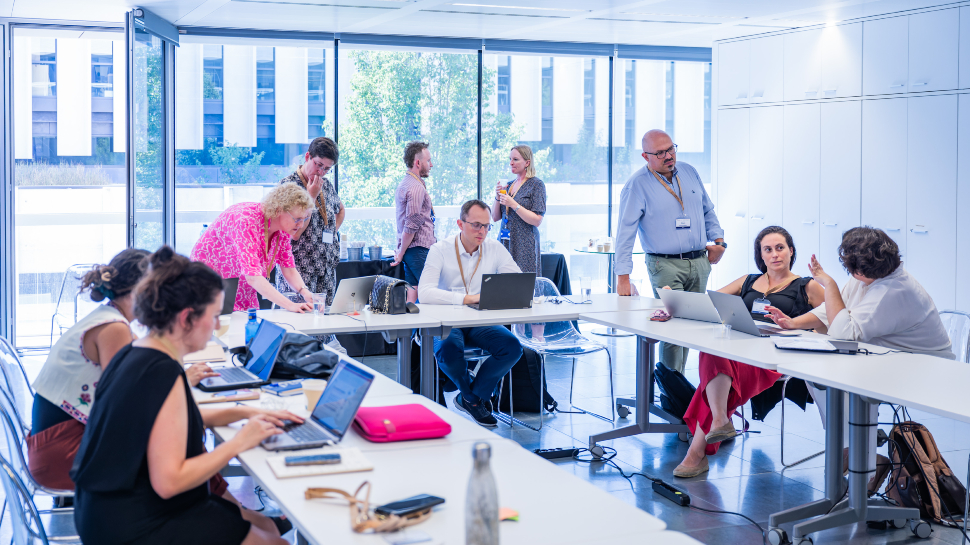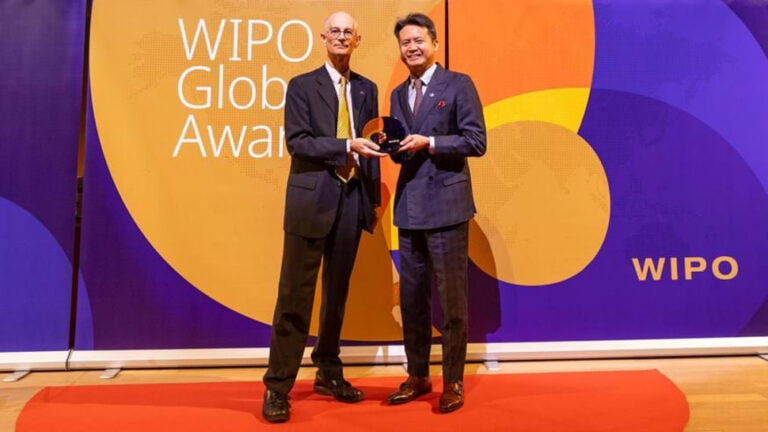Around the world, governments spend billions of euros a year to get new discoveries out of the lab and into the market. But do they actually know what works and what doesn’t?
Spoiler alert: not really. In many cases, the design of R&D support programmes is just a matter of “well-intentioned guesswork,” says Albert Bravo-Biosca, director of the London- and Barcelona-based Innovation Growth Lab, a non-profit that studies innovation policy.
Moving beyond guesswork is the objective of an unusual group of social and economic studies supported by the EU-funded ATTRACT project. Coordinated by ESADE Business School in Barcelona, eight teams of social scientists across Europe have been taking a close look at scores of ATTRACT-supported R&D projects developing “deep-tech” innovations – for new kinds of sensors, monitors, materials and more. The aim: to study the project teams as little experiments in how to turn ideas into value, and to conclude from that what kinds of policies work best.
Normally, government R&D programmes get designed with what Bravo-Biosca calls “the hope strategy. You hope it is going to work. We’re trying to replace that with a more scientific test-and-learn strategy – to see what’s actually working.” As one of the researchers involved in the studies, he hopes the result will be better programme design – an important goal for the EU, in the midst of planning its next, multi-year Framework Programme for research, development and innovation.
‘Big science’ for enterprise
These studies are part of ATTRACT, a €55 million Horizon 2020 initiative to advance technologies emerging from Europe’s “big science” community – research
infrastructure like particle accelerators, scientific databases or synchrotrons. The project began in 2018 under the leadership of the CERN particle accelerator and distributed seed money to 170 scientific teams across Europe. Then, it doubled down on the money for 18 of the most successful projects. It also added an entrepreneurship-training programme for more than 1,000 young innovators. ATTRACT’s final conference takes place on 2-3 July in Brussels.
Critically important for ATTRACT was a decision to set aside €1 million for socioeconomic research on its R&D projects, observing how they work, and what could make them work better. “Our idea is to do some fairly rigorous studies that show how investments in infrastructure (and related technologies) can be optimised,” says Jonathan Wareham, an ESADE professor who coordinated the effort.
That approach is very rare in R&D funding anywhere in the world; usually, big public funders pump the money across hundreds or thousands of individual projects in a hit-or-miss strategy. One immediate problem with that, Wareham notes: how do you even decide what’s a successful project? Most commonly, policy makers look at numbers: patents, published papers, jobs, and sales. While those are important, there’s a broad range of other outcomes that need consideration, too, such as developing new talent, improving society or the environment, or creating new ecosystems from which other entrepreneurs benefit.
You can read the full article on the Science | Business website.
Discover all the Socioeconomic Studies here.


